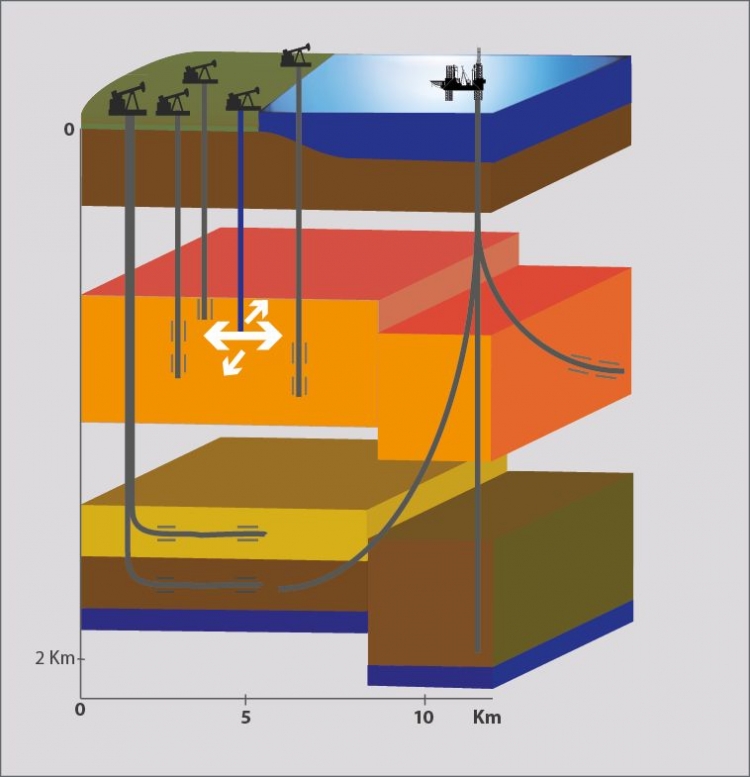Ever since oil was first found off the shores of Norway in the 1970s, the country’s economy has seen tremendous growth. To maintain the efficiency of production for the long term, Norway has made extensive use of nuclear techniques. Nuclear tracers are used to help optimize oil production by mapping underwater oil fields. The benefits of nuclear tracer technology was one of the topics discussed during the recent IAEA Scientific Forum, Atoms in Industry: Radiation Technology for Development.
According to Tor Bjørnstad, Chief Scientist at the Institute for Energy Technology in Kjeller, Norway before the use of nuclear tracers scientists relied on seismic mapping, which delivered less precise data.
“A tracer tells you exactly what it sees, thereby optimizing the process,” Bjørnstad said. At present, the institute employs tracer technology in more than 30 different wells, while collecting samples from hundreds more.
Understanding the oil fields
Small quantities of radioactive material are mixed into the water or gas that is pumped down oil wells — around 5 ml for water-based tracers. Soil samples are then gathered from wells in the area, and if the tracer is picked up in multiple samples, it indicates that the wells are connected, drawing oil from the same reservoir (see box). Wells in which no radiotracer is found are separated by fault lines under the seabed. Understanding the extent of various oil fields is crucial in determining how to extract oil more economically.
Constructing a well costs upwards of 500 million kroner (US $62.5 million). Therefore, it has been a tremendous advantage to employ tracer technology, which is precise and causes minimal environmental impact, Bjørnstad explained.
Minimizing environmental impact
Meeting regulations and national safety standards, as well as international environmental standards, is a constant goal of the Institute for Energy Technology, Bjørnstad said. The sheer size of the oceans in comparison with the tiny amount of radioactive material used within tracers ensures that there is a negligible threat to the natural environment.
The Institute has helped many emerging oil producers to employ this method. The IAEA has also facilitated technology sharing both independently and alongside the Institute. The IAEA and the Institute help other countries obtain the necessary equipment to use the technique, and also set up courses, meetings and coordinated research projects that provide learning opportunities to Member States.
A tracer tells you exactly what it sees, thereby optimizing the process.




